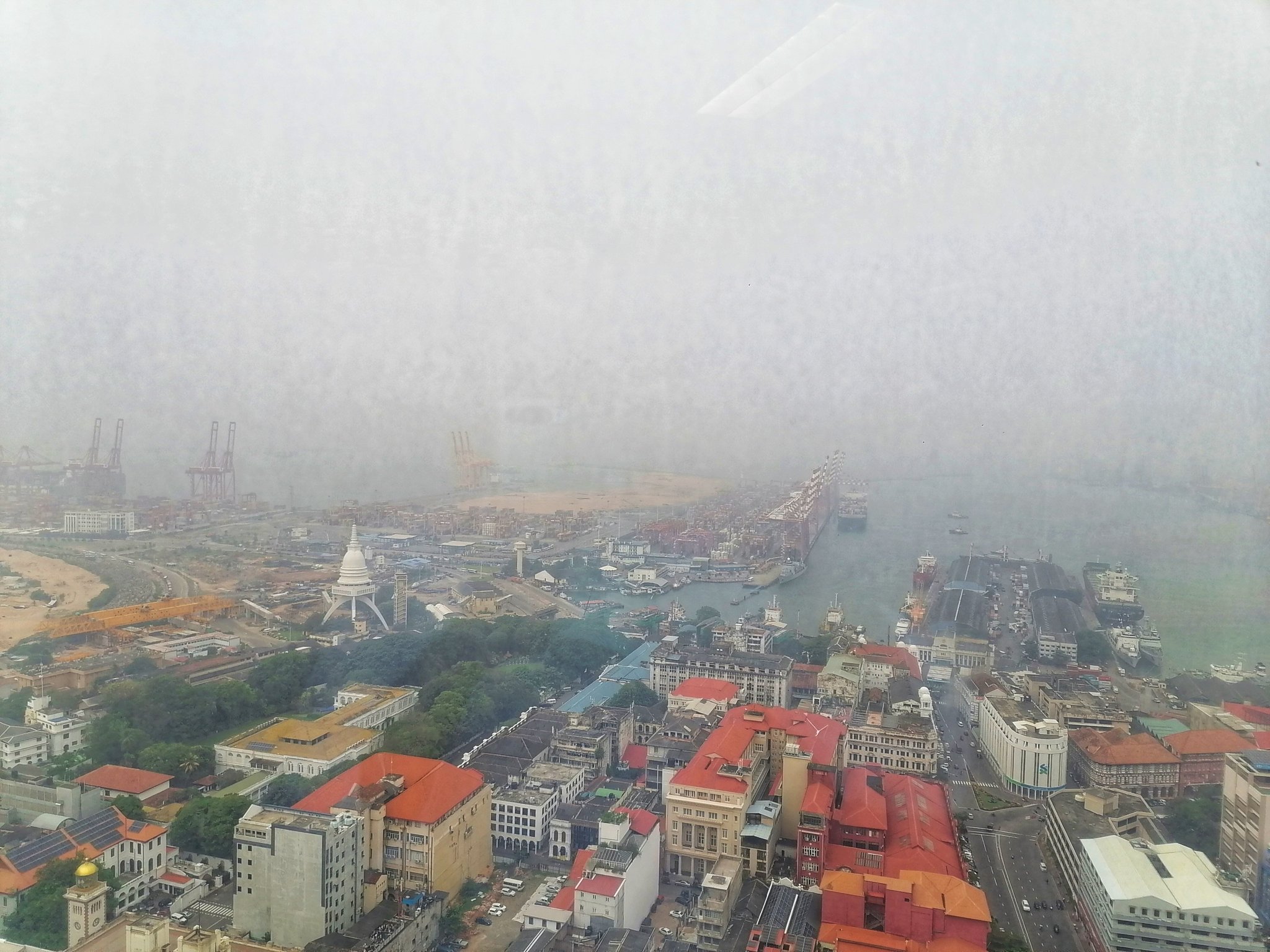Cyclone Mandous situated in the Bay of Bengal brought high levels of pollution from India to Sri Lanka forcing schools to be closed last Friday.
The cyclone was situated in the Bay of Bengal, with winds blowing anti-clockwise around the central low pressure, sweeping the polluted air from India across the Palk strait into Sri Lanka. Subsequently, this merged with Sri Lanka’s local air pollution, leading to unhealthy pollutant concentrations that created a haze across parts of the country, including the capital, Colombo.
Particulate matter refers to tiny particles or droplets in the air, and is split into two categories depending on diameter; up to 2.5 microns (0.0025mm, PM2.5) or up to 10 microns (0.01mm, PM10).
PM2.5 and PM10 are produced in multiple ways, including domestic combustion, road transport and industrial processes.
These particles are fine enough to be inhaled into the lungs, resulting in an assortment of consequences to human health in high concentrations – most commonly lung disease. These unhealthy concentrations are likely to last until the end of this week, when the particulates are deposited on the ground or in the ocean.
Read more at the Guardian
We need your support
Sri Lanka is one of the most dangerous places in the world to be a journalist. Tamil journalists are particularly at threat, with at least 41 media workers known to have been killed by the Sri Lankan state or its paramilitaries during and after the armed conflict.
Despite the risks, our team on the ground remain committed to providing detailed and accurate reporting of developments in the Tamil homeland, across the island and around the world, as well as providing expert analysis and insight from the Tamil point of view
We need your support in keeping our journalism going. Support our work today.
For more ways to donate visit https://donate.tamilguardian.com.


